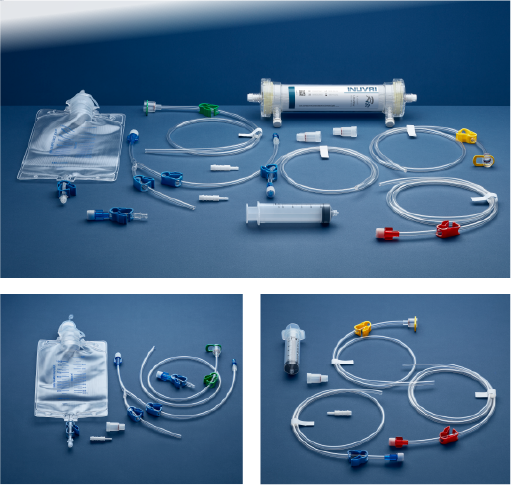To most people, wastewater is anything but an exciting topic. Things change dramatically when we understand that our wastewater is one of the most reliable sources of information in connection with the surveillance of infectious diseases, drug abuse or microbial resistance.
Wastewater-Based Epidemiology – or just WBE – is an effective epidemiological tool helping to complement other established approaches of surveillance. It can even serve as an early warning system for these kinds of threats to our society – including COVID-19.
The idea of WBE is simple: through the analysis of wastewater, infectious diseases or antibiotic resistance spread can be monitored comprehensively, in real-time and with less costs than e.g. via individual clinical testing. Monitoring can be implemented either at community or even neighborhood/building level.
WBE already significantly helped the WHO in their polio eradication program and it has been implemented to monitor illegal drug use. Right now the main focus is on helping to fight COVID-19, but it can and will be a relevant method to monitor other pathogens as well – like hepatitis virus, norovirus, enterovirus and even multi-resistant bacteria.





